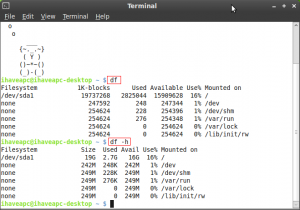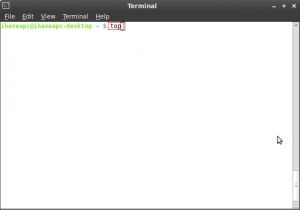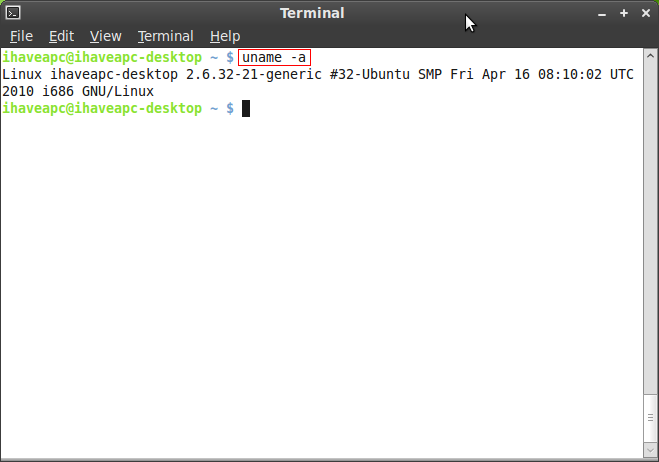In today’s post we’ll learn a few Linux system information commands:
1. df – disk free. This commands displays filesystem and disk space usage for all partitions. If option ‘-h’ (human-readable) is used with the command, it will generate the report using KB/MB/GB units instead of number of blocks which are displayed when the command is used without any options.
2. free – This command displays information about the amount of used and free system memory. If option ‘-m’ is used with the command, report is generated using MB unit.
3. top – This command provides a real-time information about Linux system uptime, number of users, system load, number of tasks, and utilization of system resources such as cpu, memory and swap partition. You can press ‘Ctrl’ + ‘Z’ keys to quit the program at any time.
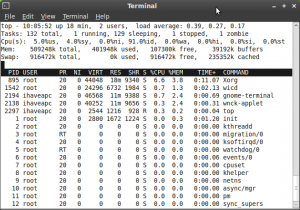
4. uname – unix name. This command provides the the name, kernel version and other system architecture details about the current system and the Linux OS running on it. If option ‘-a’ is used with the command, it will print machine type, network node host name, processor type, OS release and OS version.
5. lsb_release – This commands provides Linux Standard Base and the distribution information. When ‘-a’ option is used with the command, it will print LSB version, distributor ID, description of distribution, release number and codename of the distribution.
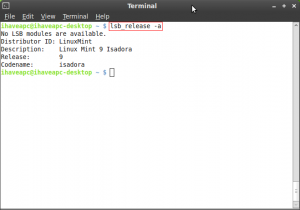
We hope you have found today’s and the parts 1, 2, 3 and 4 of this series useful. We’ll be back in next part with more system information commands.
[ Check out the final part – Part VI ]
